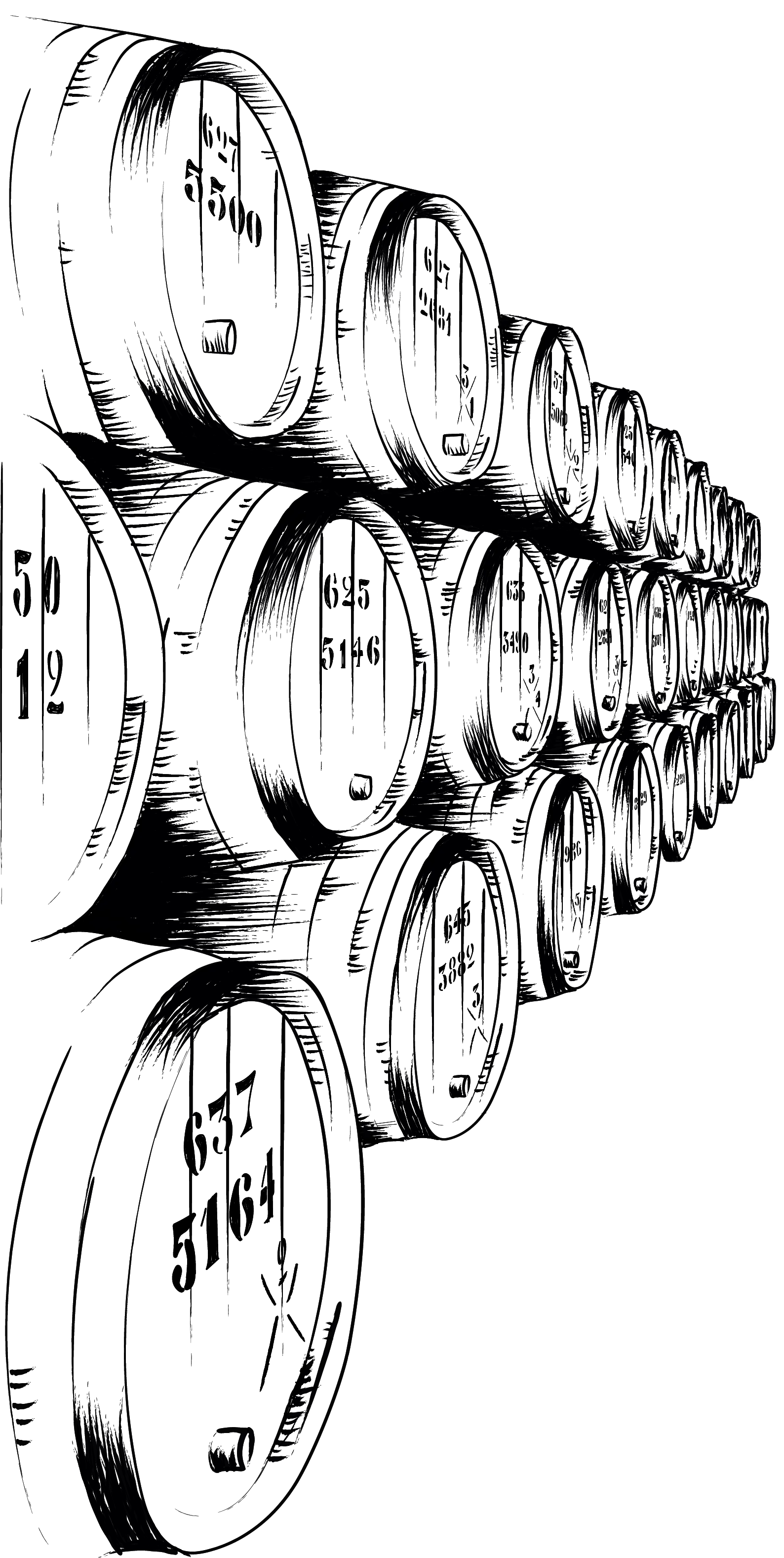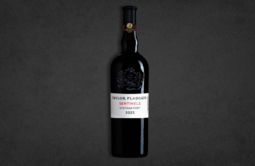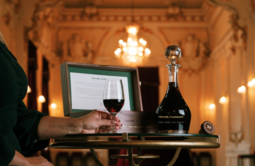Decanting
"Decanting is the process of pouring a wine from its bottle into another vessel such as a decanter or jug. Decanting is carried out mainly to separate the wine from any solid sediment that might have formed in the bottle, ensuring that the residue does not find its way into the glass. Decanting is also carried out to aerate a wine that had been maturing in bottle for some years, allowing its delicate and complex aromas, dormant during the ageing process, to open up and express themselves. Last but not least, presenting a wine in a beautiful decanter in which its colour is displayed to best advantage can enhance the enjoyment of the wine, providing pleasure to the eyes as well as to the palate. Decanting is easy to carry out. It consists of pouring the wine slowly and gently from the bottle into the decanter, avoiding sudden movements that might disturb the sediment. No special equipment is required. However a decanting funnel containing a filter or sieve can be a useful accessory if the botttle has ben disturbed and the sediment is loose. Wood aged Ports seldom need to be decanted as the sediment preciptates in the cask or vat as the wine matures. Also, wood Ports are generally fined and filtered to ensure they stay bright. However Vintage Ports, which are very concentrated and full bodied and are not filtered, will always produce some sediment as they age in bottle. Vintage Ports should therefore always be decanted to separate them from the sediment and to encourage its aromas to open up."
Declaration
When a Port house judges a vintage to be exceptional and the wines to have long term ageing potential, it may decide to 'declare' the year. This means that the house has decided to release a classic Vintage Port. The decision as to whether or not to 'declare' is made in the spring of the second year after the harvest. By this time the wines have been through two winters and their potential can be accurately assessed. Taylor's traditionally makes its declaration announcement on Saint George's Day, 23rd April. For the top port houses, declarations have usually occurred about three times a decade. However in the last decade nature was benevolent and produced four great declared vintages, 2000, 2003, 2007 and 2009. The most recent declaration being the 2011. It is up to each Port house to decide individually whether or not to 'declare' a particular year. The Port houses usually but not always declare the same years.
Deposit
See 'Sediment'
Double magnum
See 'Bottle Sizes'
Douro bake
This term refers to the roasted or baked character sometimes found in Port wines matured in the hot environment of the Douro Valley rather than the temperate and humid coastal climate of Vila Nova de Gaia. It is due to accelerated or excessive oxidation caused by heat. It tends to subdue the complex aromas of a wine and give it a rather coarse personality. It is sometimes acompanied by high volatile acidity levels and a very strong nuttiness. Not all wines with 'Douro bake' are unattractive, in fact some Ports aged in the Douro can be magnificent. However 'Douro bake' tends to be a fault more often than a virtue. Today, modern building and air conditioning technologies mean that Ports can be stored for long periods in the Douro without suffering from 'Douro bake' and this condition is increasingly rare.
Douro Demarcated Region
The Douro Demarcated Region is the area of the upper Douro Valley in northeastern Portugal where the Port vineyards are located. Only wines that come from this area may call themselves Port. The area was first officially demarcated in 1756 by the Marquis of Pombal. This original demarcation was later extended eastwards following the opening of the Valeira Gorge to navigation at the end of the 18th century. Today the region has a total area of 250,000 hectrares of which about 46,000 are under vine. About 33,000 farmers own vineyards in the demarcated area. See also 'Marcos de Feitoria' and 'Sub regions'.
Douro Superior
See 'Sub Regions'.
Driven cork
This is a long cork which is driven tightly into the neck of the bottle and requires a corkscrew to remove it. Driven corks are used mainly for Vintage Port. Vintage Port ages in bottle and needs a long, high quality cork which seals the neck of the bottle effectively and protects the wine from contact with the air. When a Vintage Port is placed in the cellar, the bottle should be laid on its side. This is so that the cork does not dry out and lose its elasticity. Vintage Ports need decanting and are best when enjoyed soon after the bottle is opened. Therefore the cork will not need to be replaced in the bottle. However this is not the case with wood aged Ports, including Late Bottled Vintage. Wood Ports are ready to drink when bottled and need no ageing in bottle They do not need decanting and will remain in good condition for several weeks after the bottle is first opened. The kind of cork used for wood aged Ports is generally a stopper cork which can easily be removed and the replaced in the bottle each time the wine is poured.
Dry White Port
Dry White Port is made by allowing the wine to ferment for a relatively long period before it is fortified. This means that a large part of the natural sugar of the grape is converted into alcohol and the resulting wine is relatively dry. Typically a Dry White Port contains about a third of the sweetness that is found in a Port made in the normal way. Taylor's were the first firm to market a Dry White Port when they launched Taylor's Chip Dry in 1934. Dry White Ports are generally enjoyed as an aperitif, either served chilled on their own or mixed with Indian Tonic Water as a refreshing Summer drink. Dy White Ports are made from a blend of traditional white grape varieties such as the Malvasia Fina, Gouveio, Viosinho, Folgasão, Rabigato and Esgana-Cão.


discover more



